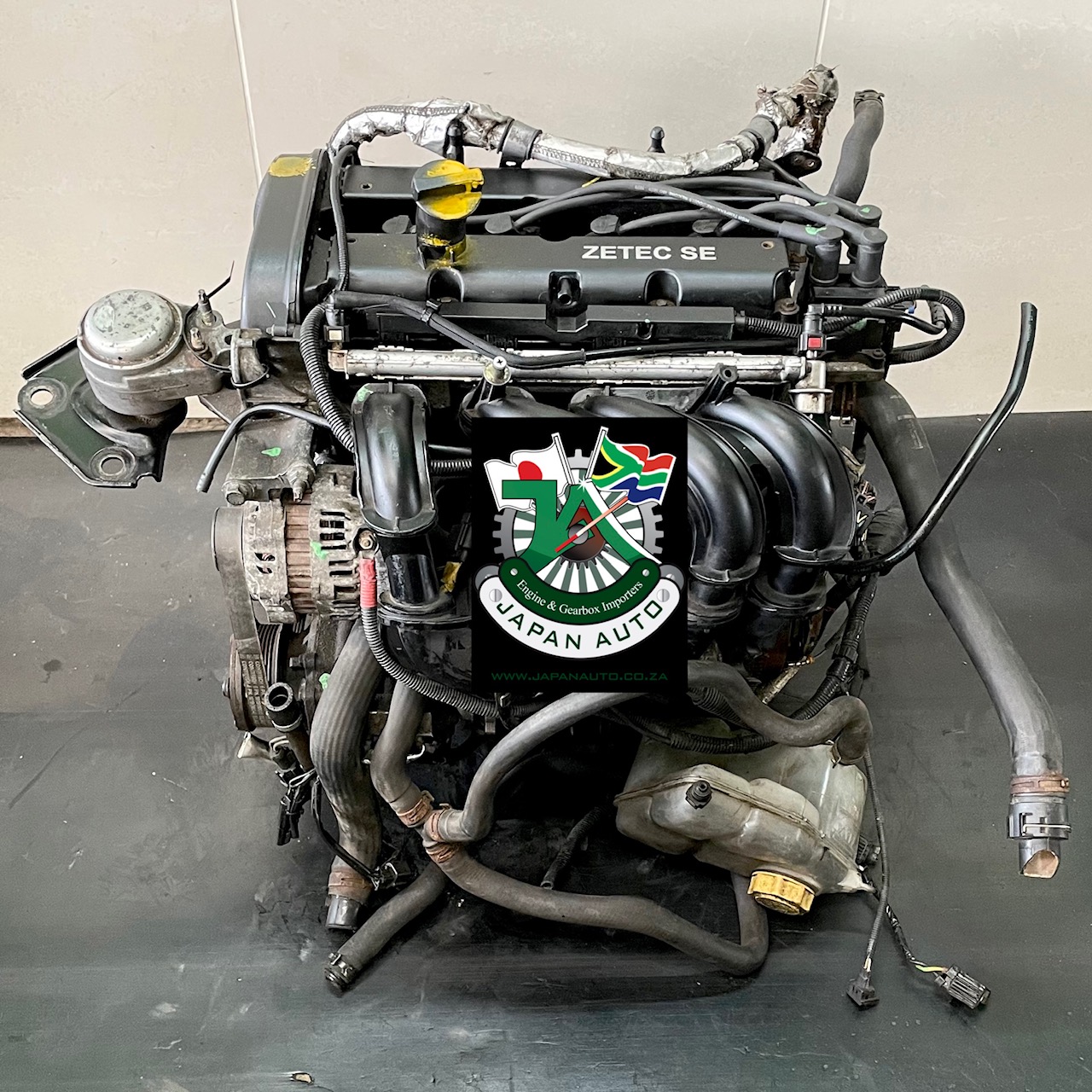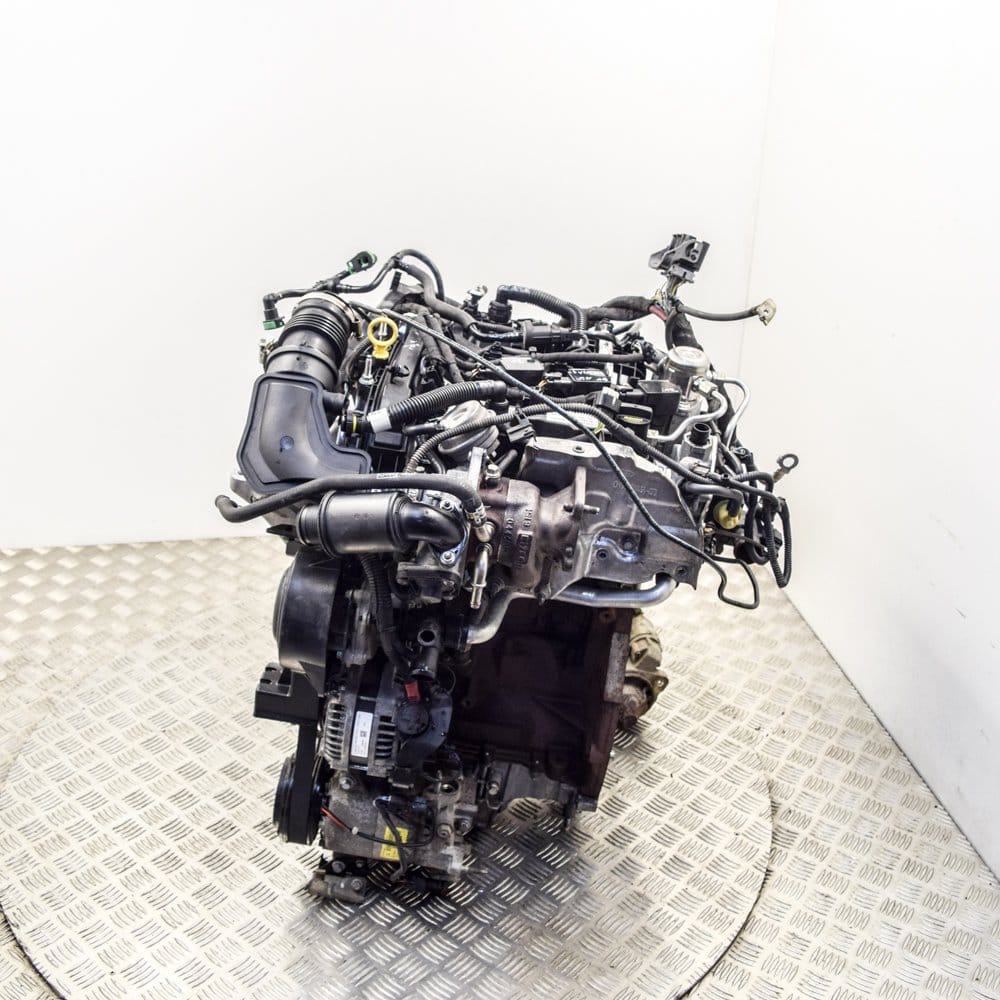Discovering the Development of Engines: From Classic Styles to Modern Marvels
The advancement of engine innovation stands for a considerable narrative in the background of advancement, noted by essential innovations that have consistently redefined transport and industry. From the preliminary vapor engines that powered the Industrial Transformation to the introduction of interior combustion engines that changed movement, each stage has added to greater effectiveness and capacity. Currently, the shift to electric power symbolizes not only a technological change however also a broader commitment to environmental sustainability. As we examine these landmarks, one need to take into consideration exactly how the future of engine design may unfold, challenging our understandings of power and effectiveness.
The Birth of Engine Modern Technology
The development of engine technology noted a crucial moment in human technology, transforming power conversion and transportation. The earliest engines emerged from the demand to harness mechanical power for sensible usage, resulting in the development of tools that converted various power forms right into motion. The concept of the engine can be traced back to ancient people, where straightforward machines, such as the waterwheel and windmill, used natural pressures to carry out job. Nonetheless, it was during the late 17th and early 18th centuries that considerable developments started to materialize.
The advancement of the internal combustion engine and the development of the steam engine militarized an extensive change in commercial capabilities. These engines not just enhanced performance yet also expanded the scope of human movement, allowing unprecedented transport opportunities. The early prototypes prepared for the mechanized world, helping with the rise of industries and reshaping societal frameworks.
As engine designs developed, they included cutting-edge materials and advanced engineering concepts, leading the way for modern advancements - ford fiesta engine. The birth of engine innovation stired up an unrelenting pursuit of effectiveness and power, setting the phase for the vibrant development of transport and industrial equipment that would adhere to
Vapor Engines and Their Effect

The heavy steam engine's impact was particularly apparent in the transportation sector (ford fiesta engine). Steam-powered engines assisted in the fast activity of goods and individuals across large ranges, efficiently reducing the geographical obstacles that had actually previously prevented profession and communication. In a similar way, steamships changed maritime travel, permitting for quicker and a lot more dependable crossings of oceans and rivers.
In industry, heavy steam engines powered factories, enabling mass manufacturing and the surge of metropolitan centers as centers of economic activity. This change not only altered labor dynamics yet also contributed to the appearance of a consumer-driven society. Steam modern technology fostered innovations in design and manufacturing processes, laying the foundation for future advancements in engine layout. The tradition of vapor engines is profound, showing a zero hour in human resourcefulness and the relentless quest of progress.
The Rise of Internal Combustion
Regularly outweighing heavy steam power, the increase of inner burning engines marked a transformative shift in transportation and sector during the late 19th and early 20th centuries. The advancement of these engines, identified by their ability to melt fuel within the engine itself, allowed higher efficiency and power compared to traditional steam engines. Introducing creators such as Nikolaus Otto and Rudolf Diesel played important functions in developing engine layouts, bring about prevalent adoption in automobiles, watercrafts, and industrial machinery.
The interior combustion engine's compact size and reasonably lightweight nature assisted in the emergence of individual lorries, changing private mobility and reshaping city landscapes. By allowing faster traveling and the effective transport of products, these engines militarized financial growth and cultivated globalization. The versatility of fuel options, consisting of gas and diesel, better enhanced their charm, enabling for varied applications across various sectors.
Despite the ecological concerns that would later on develop, the first appeal of internal burning innovation stocked its transformative capacity. As culture accepted this advancement, the foundation was laid for contemporary transportation systems, establishing inner burning engines as a cornerstone of commercial innovation and day-to-day live throughout the 20th century.
Developments in Engine Performance
As internal burning engines came to be indispensable to transport and sector, the emphasis moved in the direction of improving their performance to meet growing needs for efficiency and sustainability. Developments in engine style, material scientific research, and innovation have dramatically contributed to this development.
One significant innovation Source is the development of turbocharging, which enables enhanced air consumption, causing more complete gas burning and boosted power outcome without expanding engine size. Additionally, variable valve timing systems have been applied to maximize engine performance throughout different RPM arrays, thus enhancing fuel performance.
The use of sophisticated fuel injection innovations, such as straight shot, has actually likewise played an important duty. This method allows for more specific control over the fuel-air mixture, advertising better burning and lowering exhausts. In addition, lightweight materials, including light weight aluminum and composite parts, have been embraced to minimize overall engine weight, leading to improved efficiency.
These innovations reflect a broader read this post here fad within the vehicle sector, where the harmony in between engineering development and environmental factors to consider drives the ongoing pursuit for higher performance in inner burning engines. Consequently, modern-day engines are currently more powerful, cleaner, and efficient than ever previously, leading the means for a much more lasting future in transport.
The Change to Electric Power
With growing issues over ecological effect and fossil gas dependency, the vehicle industry is experiencing a significant change towards electrical power. This change is driven by a combination of technical advancements, regulatory pressures, and changing customer preferences. Electric automobiles (EVs) offer a compelling choice to standard internal burning engines, flaunting lowered greenhouse gas discharges and lower operating expenses.
The surge of battery innovation has been a video game changer, with lithium-ion batteries ending up being extra reliable and cost-efficient. Boosted energy thickness and faster billing abilities have actually made EVs much more practical for daily use. Moreover, federal governments worldwide are carrying out rewards and establishing ambitious targets for eliminating fossil gas automobiles, consequently accelerating the fostering of read this article electrical power.
Significant automakers are spending heavily in r & d, resulting in the introduction of a diverse series of electric models. This includes not only automobile however additionally commercial cars and public transport remedies. As billing facilities expands and battery modern technology continues to enhance, the shift to electric power is poised to improve the automotive landscape, advertising sustainability and development in the years to find. The future of transportation is electrical, and the energy is undeniable.
Verdict
The advancement of engine innovation stands for a significant trajectory of development that has actually greatly influenced transportation and industry. From the foundational heavy steam engines to the transformative inner combustion engines, each advancement has actually added to boosted wheelchair and economic development. The current transition towards electrical power highlights an essential dedication to sustainability, driven by advancements in battery technology. This continuous advancement not only mirrors transforming societal needs however additionally highlights the capacity for a cleaner and much more efficient future in engine style.
